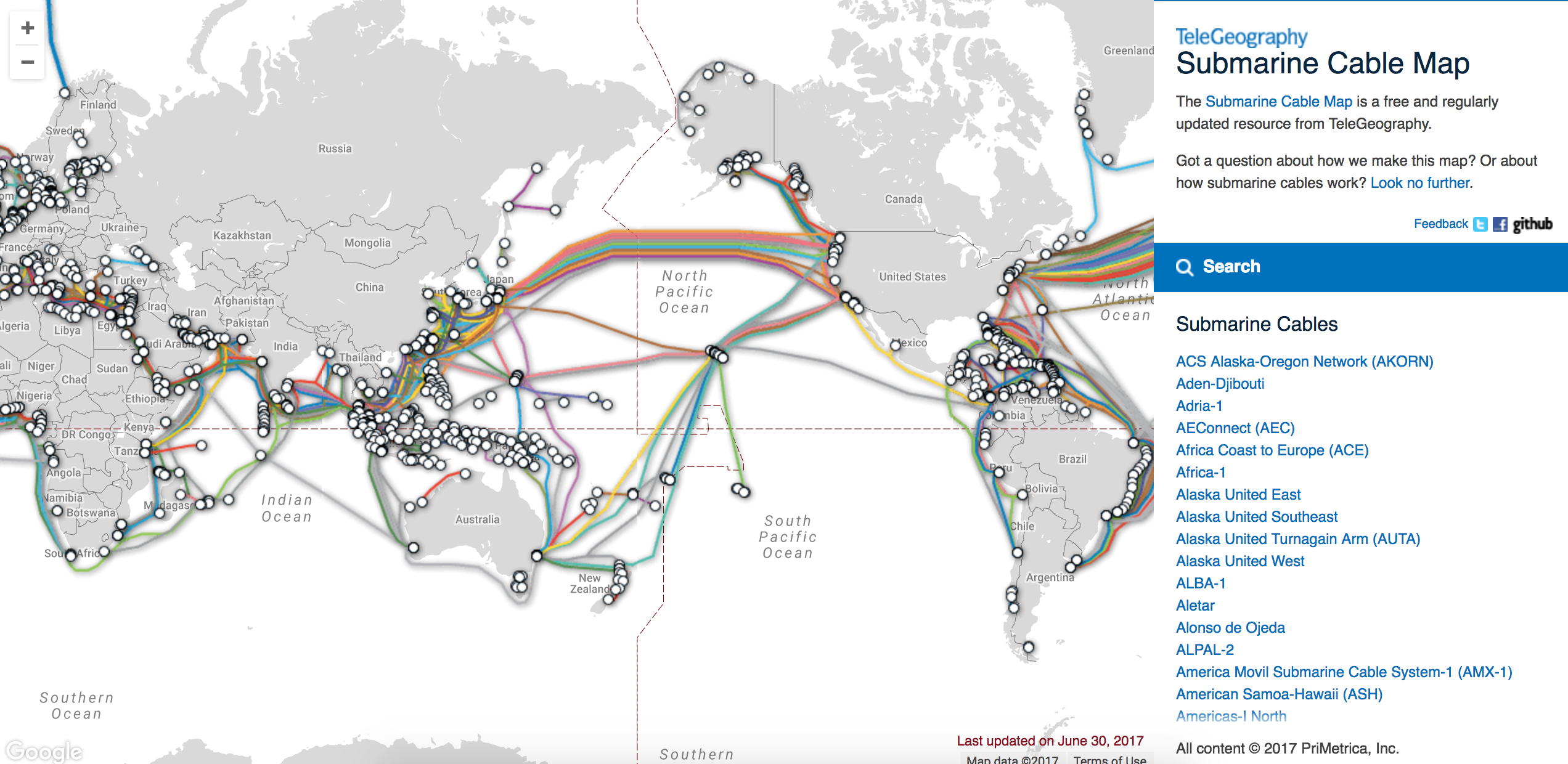
Globalization Drivers Yip identifies four sets of “industry globalization drivers” that underlie conditions in each industry that create the potential for that. 2.4 Industry Globalization Drivers. Yip identifies four sets of “industry globalization drivers” that underlie conditions in each industry that create the potential for that industry to become more global and, as a consequence, for the potential viability of a global approach to strategy.
DIAGNOSING INDUSTRY GLOBALIZATION POTENTIAL (Excerpts from G. Yip’s Total Global Strategy) Industry globalization drivers are the underlying conditions in each industry that create the potential for using global strategy. Here we will examine each driver in more depth. To achieve the benefits of globalization, the managers of a worldwide business need to recognize when industry conditions provide the opportunity to use global strategy levers. These industry conditions can be grouped in four categories of globalization drivers: market, cost, government, and competitive. Each key industry globalization driver affects the potential use of global strategy levers (global market participation, global products and services, global location of activities, global marketing, and global competitive moves). The drivers are as follows (See Figure 1): Market Globalization Drivers 1.
Common customer needs 2. Global customers 3.
Global channels 4. Transferable marketing 5. Lead countries Cost Globalization Drivers 6. Economies of Scale 7. Steep Experience Curve 8. Country Comparative Advantages 9. Decreasing transportation costs 10.
Decreasing communication costs Government Globalization Drivers 11. Favorable trade policies 12. Compatible technical standards 13. Common marketing regulations 14. Government-owned competitors and customers 15.
Host government concerns Competitive Globalization Drivers 16. High exports and imports 17.
Competitors from different continents 18. Interdependence of countries 19. Competitors globalized Industry globalization drivers relate to, but are different from, the industry competitive forces identified by Michael E. Porter; threat of entry, rivalry among existing firms, pressure from substitute products or services, bargaining power of suppliers, and bargaining power of buyers.[i] In most cases, but not always, increases in industry globalization will increase the strength of competitive forces. Particularly for the threat of new entrants and rivalry among existing firms, increased industry globalization heightens competition by widening its geographic scope. The specific effects on these two competitive forces vary in interesting ways depending on the specific industry globalization driver, and so will be addressed shortly for each of the drivers.
Increased industry globalization also increases the pressure from substitutes by increasing the geographic scope of where these substitutes might come from. This effect is fairly straightforward and consistent, and so need not be discussed for individual industry globalization drivers. Last, the effects of industry globalization on the power of suppliers and the power of buyers can be positive in some cases and negative in others. In particular, the globalization of customers themselves (the “global customer” driver) increases their bargaining power relative to industry competitors, while the globalization of competitors the (the “competitors globalizer” driver) reduces the bargaining power of customers. Analogous effects apply the bargaining power of suppliers. Globalization can also change the fundamental strategy required for managing competitive forces. In Competitive Strategy, published in 1980, Porter, in effect, recommends that companies seek to compete in markets with weak competitors and weak customers.[?] In The Competitive Advantage of Nations, published in 1990, Porter argues instead for participating in national markets with the strongest rivals and most demanding customers, in order to build international competitiveness.[?] The difference between his two positions is explainable by the difference between a closed, domestic industry, and an open, globalized industry.
In a closed, domestic industry, a company accustomed to weak competitors and undemanding customers has little to fear-there is no source of new. .Oh, the fashion industry.
Bach Invenzione A Due Voci Pdf To Jpg here. The glamorous life of a fashion model. Who wouldn’t enjoy traveling worldwide, getting paid for posing and looking fabulous, meeting and receiving gifts from world famous fashion designers? While this all sounds amazing at first, people seldom know what is beyond the pictures, shows and glamour. The real danger is what occurs behind the scenes of the modeling business.